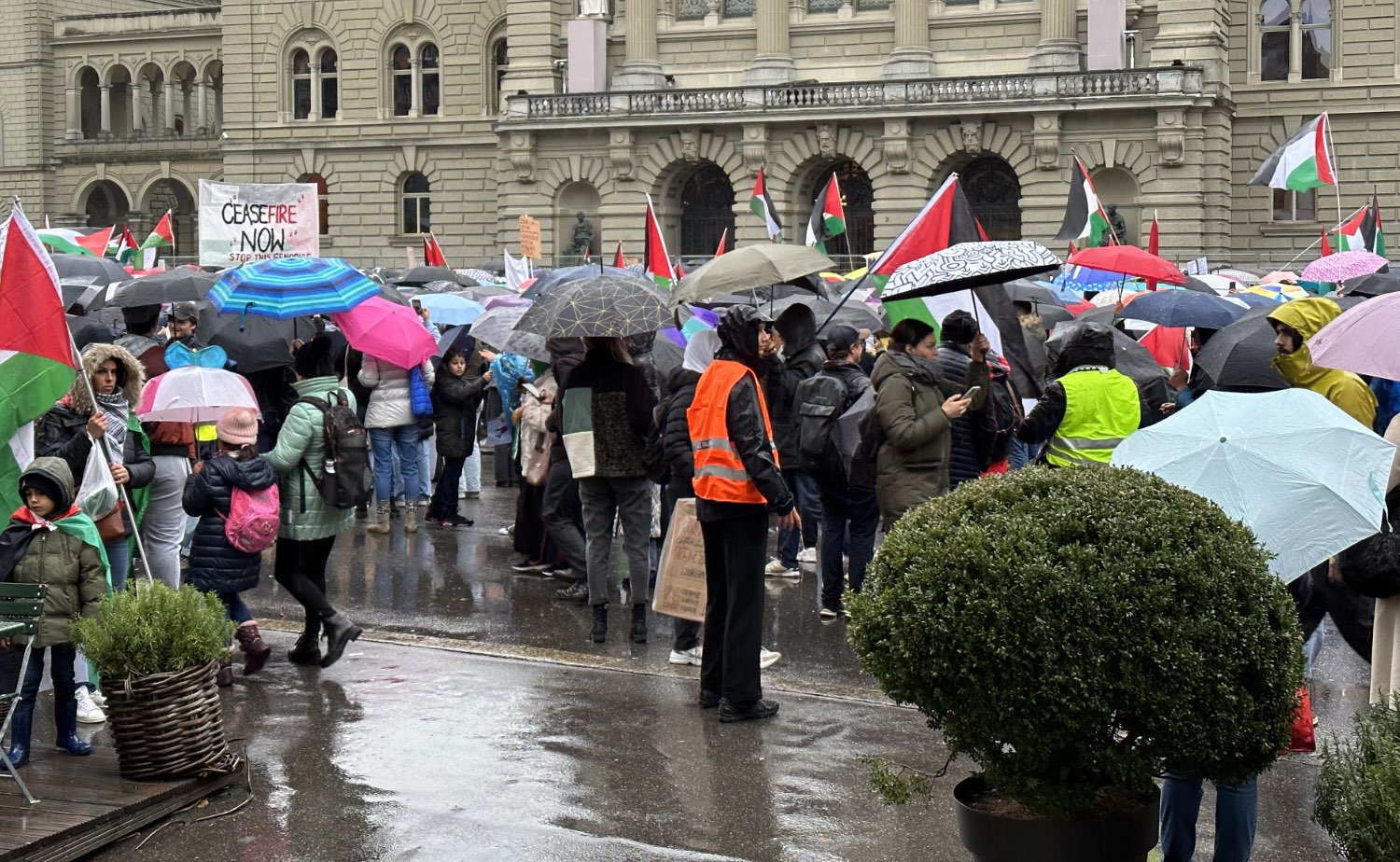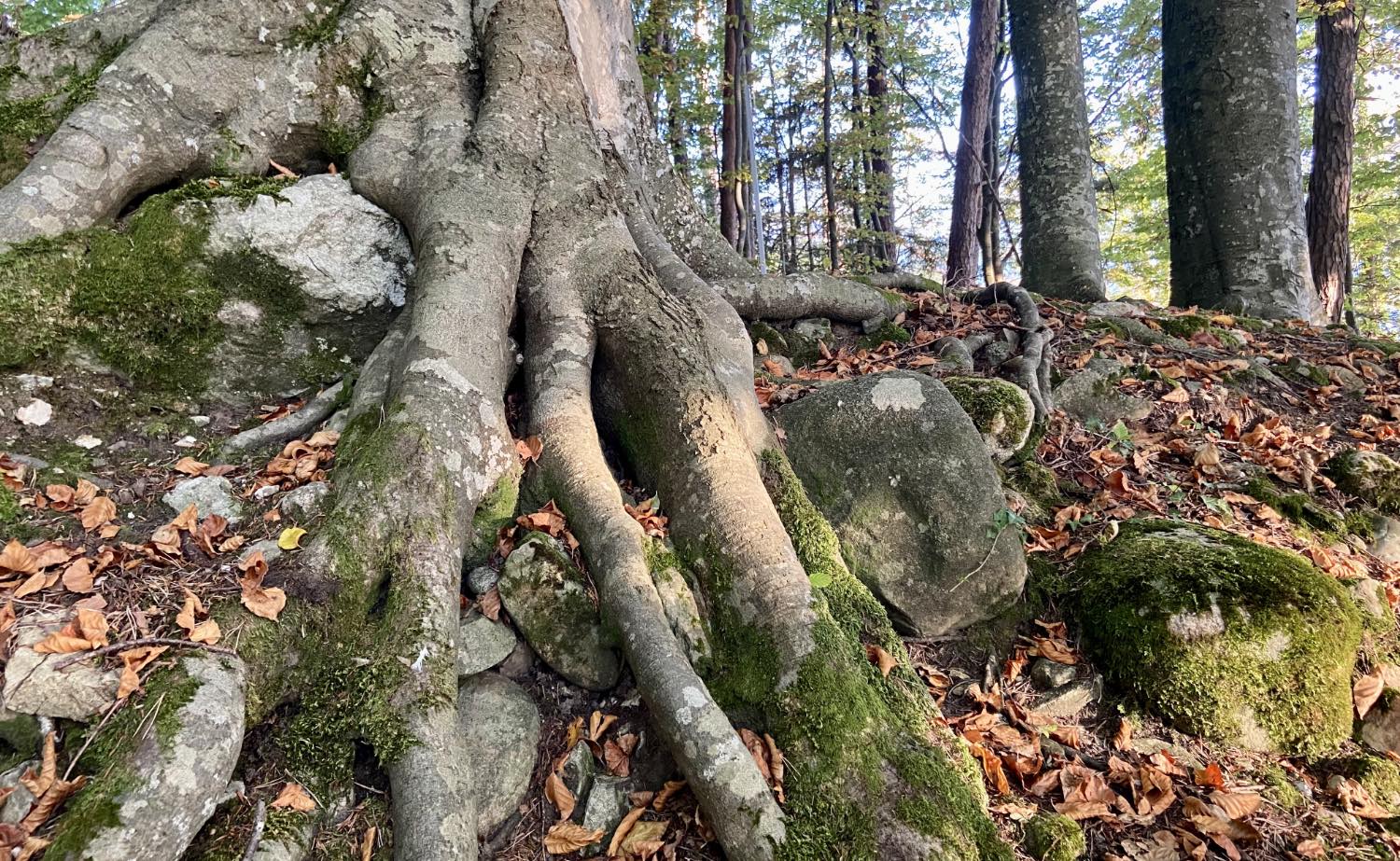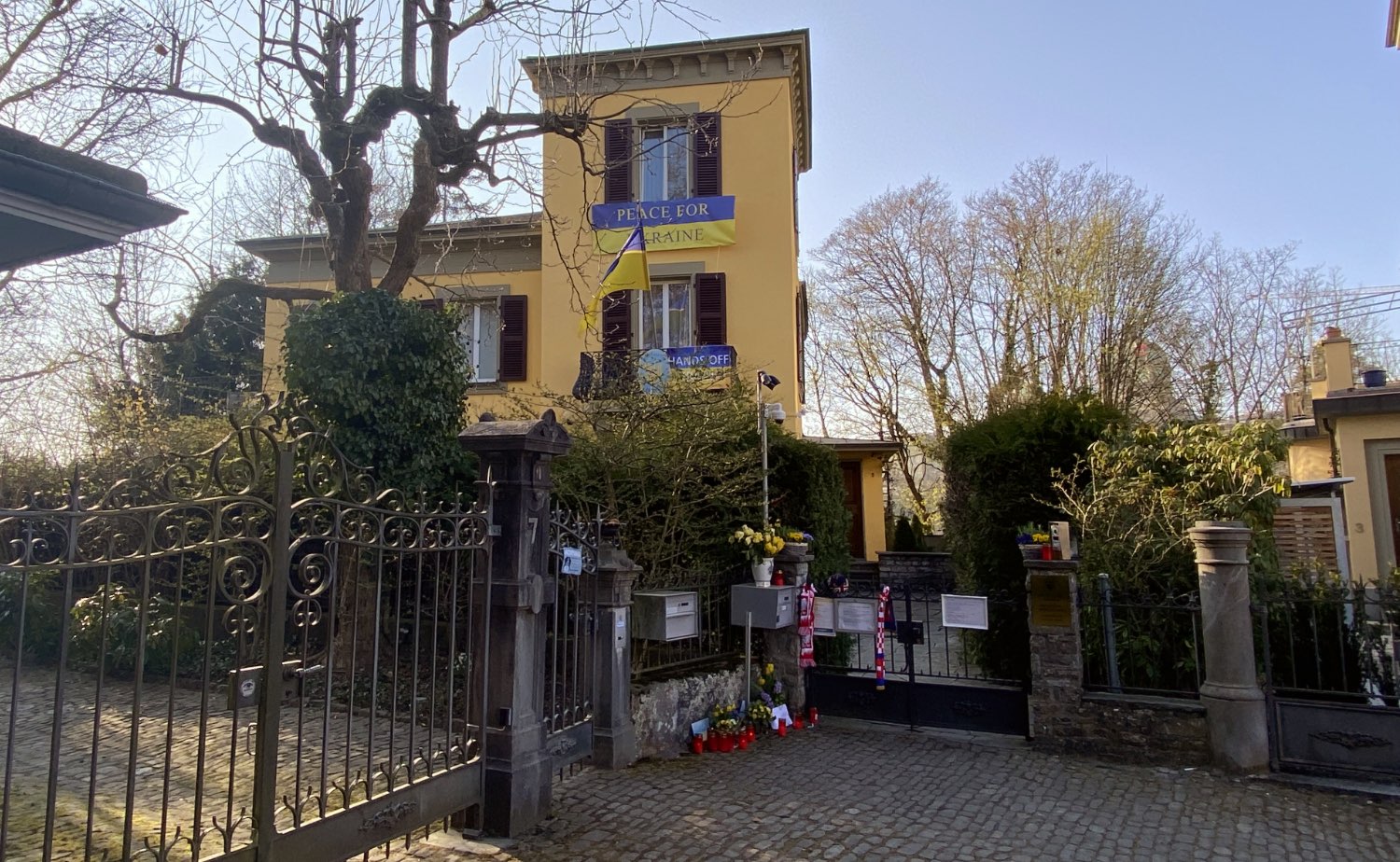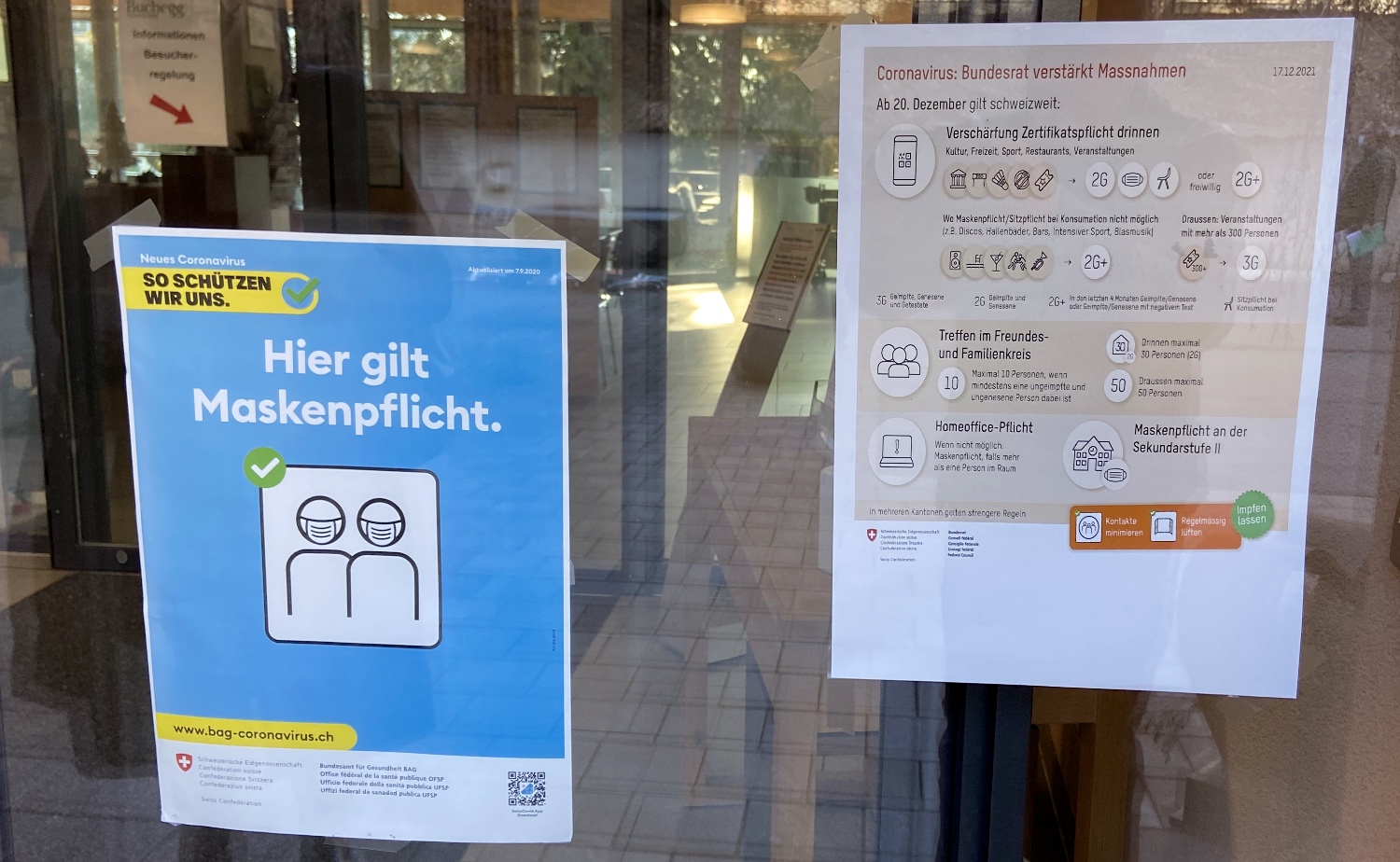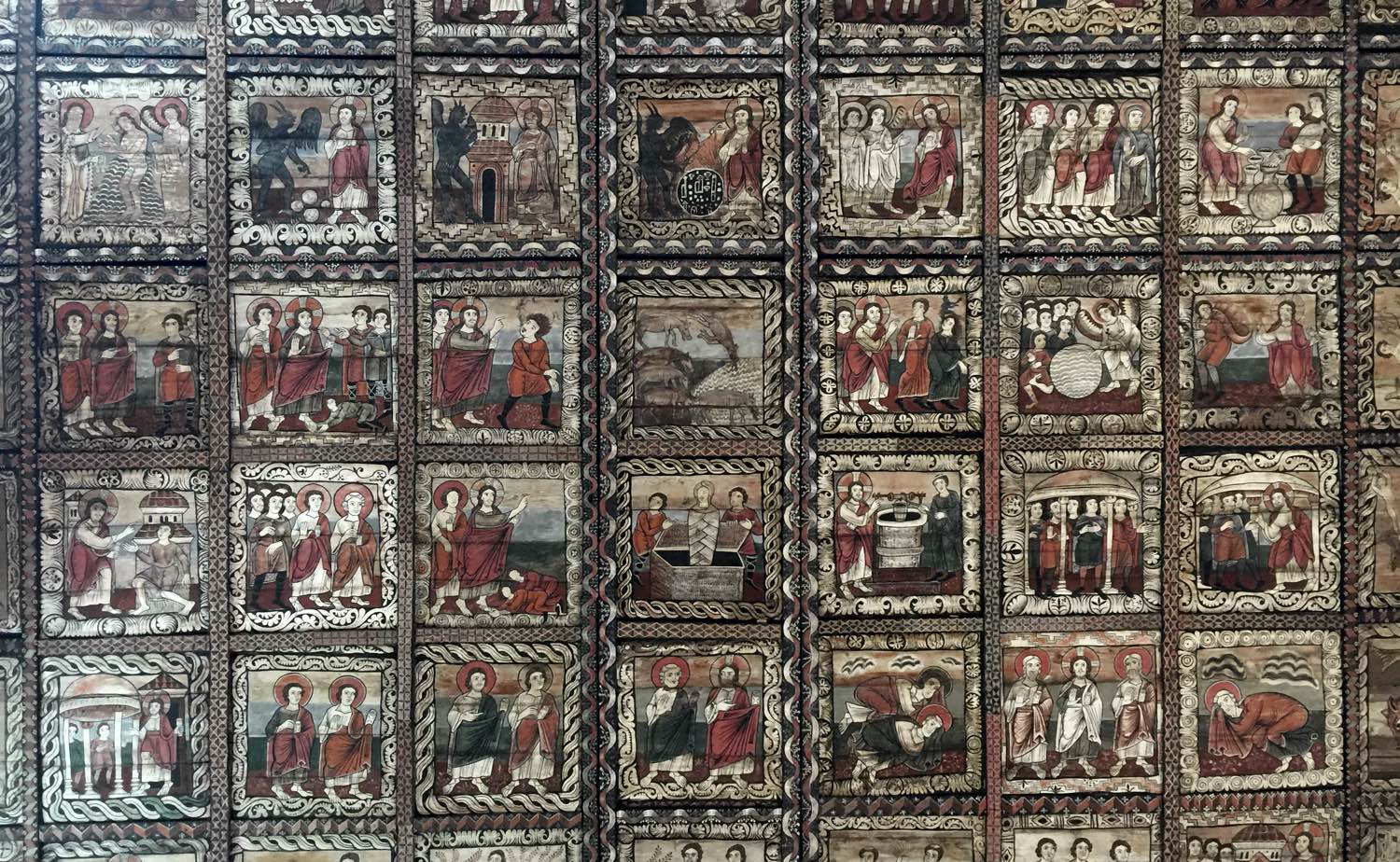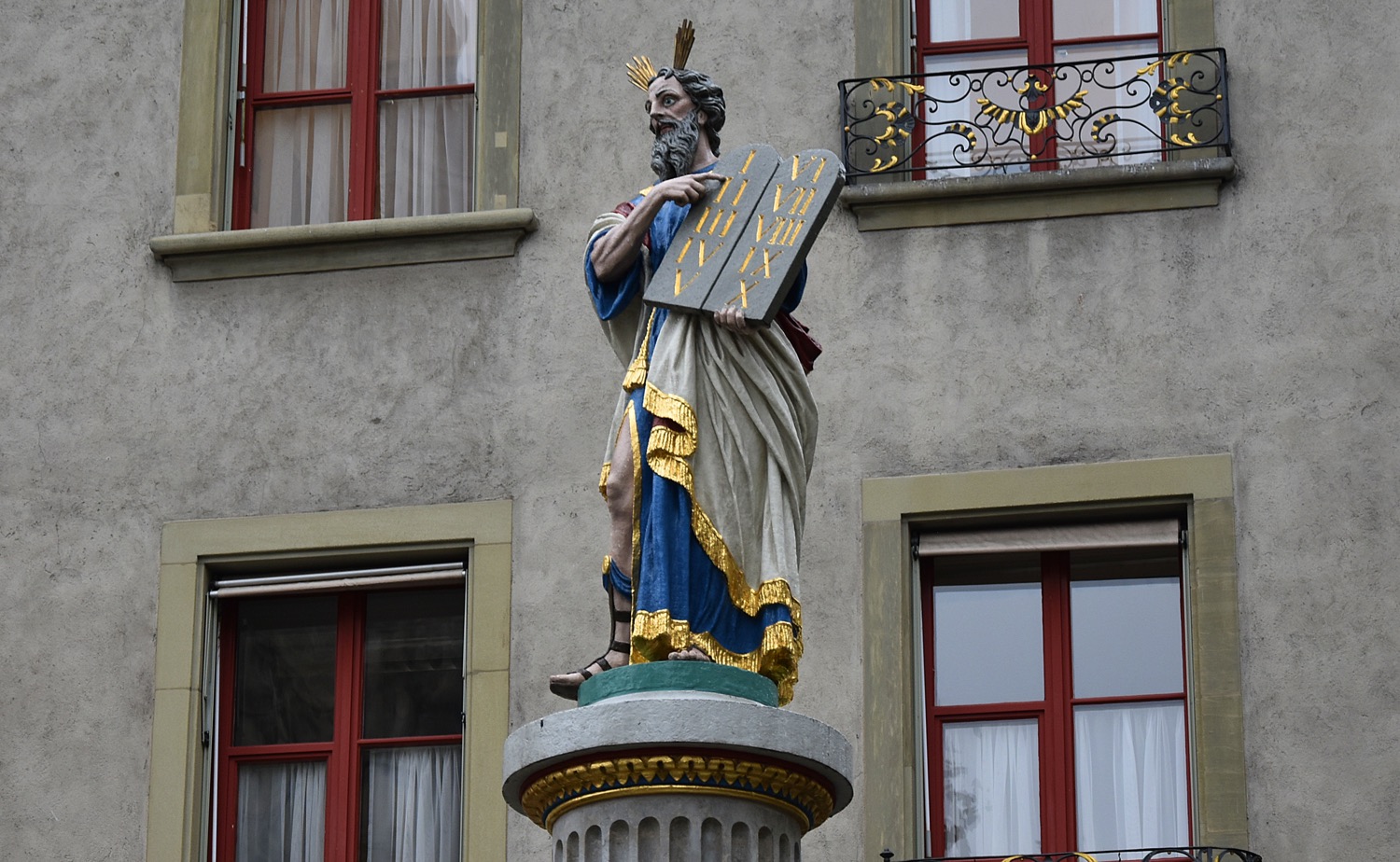500 years ago, in 1517, Martin Luther nailed his 95 thesis on the door of the church in Wittenberg, Germany. Later this was recognised as the official start of the Reformation.
There were quite a few other reformers that had strong impact on the young movement such as Calvin, Zwingli, Bullinger, Farel and others.
By the 16th century the Catholic Church had become quite corrupt. Church offices and titles as well as the forgiveness of sins could be purchased by money. Church traditions had accumulated and caused the simple gospel of the early church to fall into the background.
Luther himself was originally a monk within the Catholic church. He advocated the 5 solas (sola – in Latin means „alone“). Here just two solas:
– sola scriptura („Scripture alone“) – go back to the Bible and use the original writings to evaluate how to live a Christian faith
– sola gratia („grace alone“) – people’s sins are forgiven through Jesus Christ and this by grace alone. It is a free gift since Christ redeemed any believer by his own sacrificial death.
In the picture we see the „Fountain of Moses“ in Bern. The fountain is located in front of the Cathedral (the Münster) with the figure of Moses on top. It dates back to the 16th century and has a strong reformation message.
Moses points to the number 2 out of 10 (in Roman letters). God gave Moses the 10 commandments for the people of Israel. The 2nd commandment states: „You shall not make yourself a carved image…. and worship it“ (Ex 20:4-6) or simply put: don’t worship idols. The 2nd commandment was criticising the many statues of saints in the catholic churches, that the believers would pray to.
In the beginning the Catholic church leadership was offended and threatened by these radical ideas and the church split into two: reformed and catholic. Later the Catholic church also incorporated some reformation ideas and got rid of some excesses.
This year (2017) the reformation has been remembered in Germany and Switzerland. It is widely recognised that both churches, reformed and catholic face many problems and that both are in need of another renewal.



